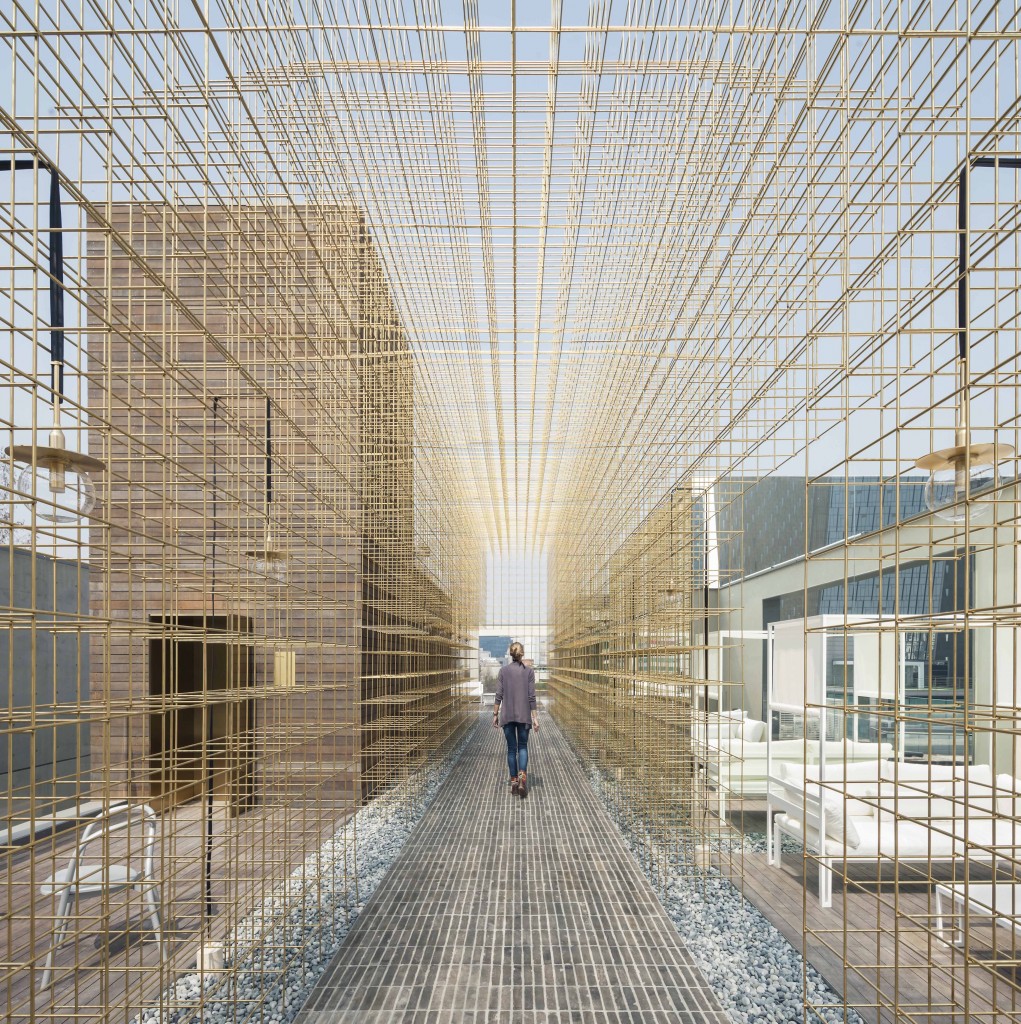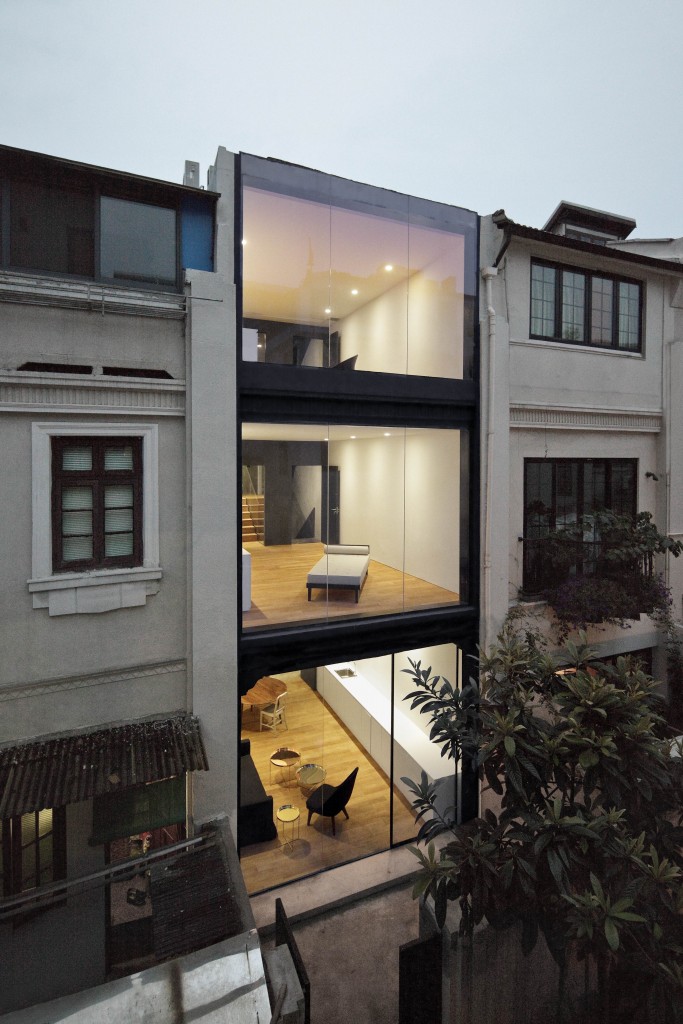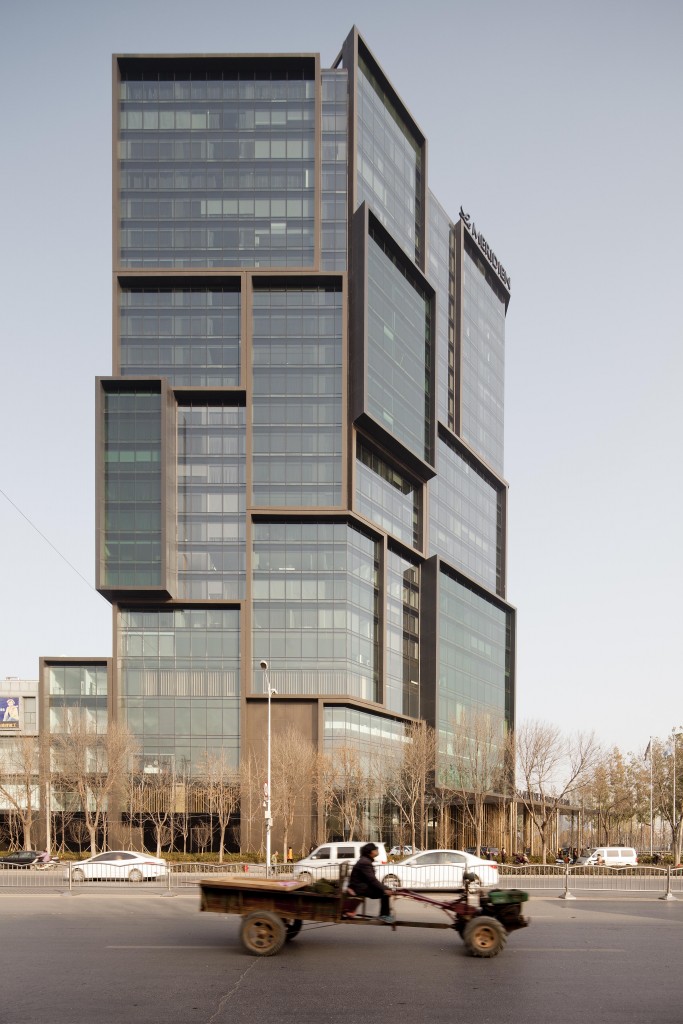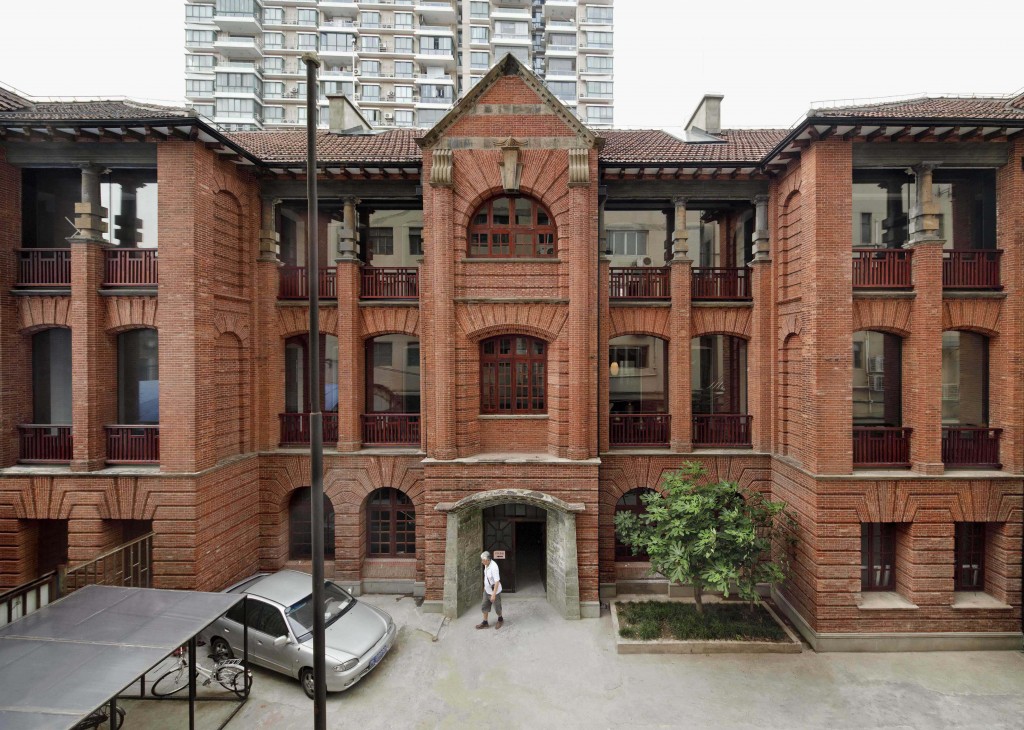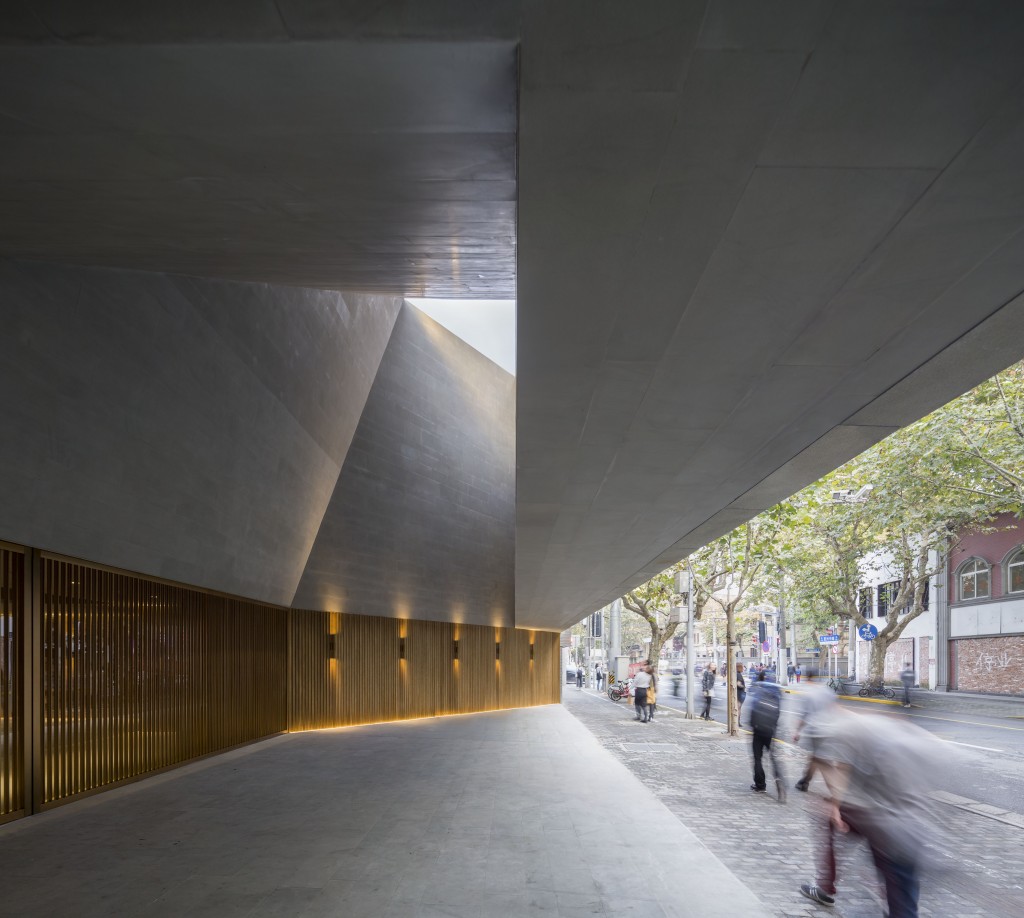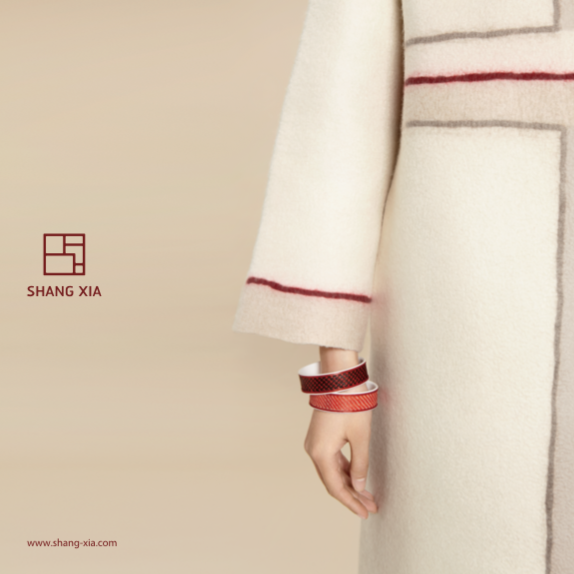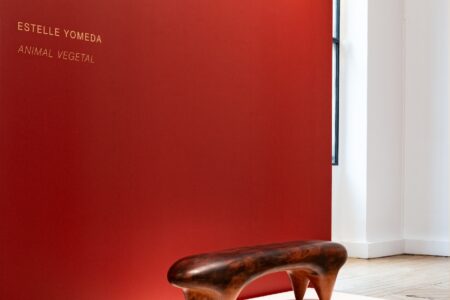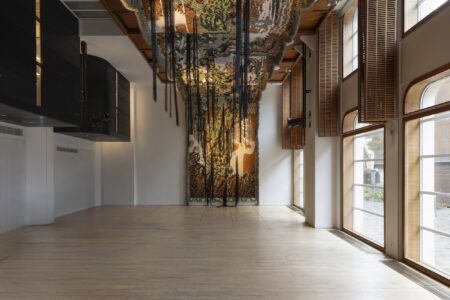Neri & Hu
One of the most dynamic design companies in China today, Neri & Hu, answered to TL Mag about their inspiration and their collaboration.
Lyndon Neri, born 1965 in the Philippines, and Rossana Hu, born in 1968 in Taiwan, have formed one of the most dynamic design companies in China today. They moved to Shanghai in 2002. Partners in both life and work, they were some of the first to bring contemporary design to Shanghai via their shop and showroom Design Republic. The duo, who use research to establish relevancy, explain the inspiration of their New Shanghai Theatre project in brass and stone: “We create an architecture that is not only relevant today, but that has the potential to become a lasting and significant landmark.”
TLmag: What is your main point of inspiration and interest?
Neri & Hu: We are very much inspired by the everyday, the mundane and the ordinary. If this includes nature, then it will be part of our inspiration, but we do not intentionally seek it. The very fabric of Shanghai as a city and the everyday activities in and around the city are very much an inspiration. We believe that the number one principle of design is to have meaning and purpose.
TLmag: In the book of interviews by Dezeen, I read that Neri & Hu was very much present in the early days of Shanghai’s creative scene. The opening of Design Republic in Shanghai created local public awareness for design. How important is it for you to have a presence in London nowadays? And on that note, would you encourage European or Western business to open offices in Asia?
N&H: It was a natural process because we won a competition in London, and it was part of the agreement that we open an office. Over the years, there were many inquiries from European clients who wanted us to accept projects in Europe, so it was natural move for us. If European or Western practices want to expand to Asia, it will be beneficial for them to come not so much for commercial reasons, but to understand the cultural subtleties and nuances of different cities in Asia.
TLmag: What is the latest project you worked on? Can you tell me a little bit about it?
N&H: We designed a boutique hotel in Yangzhou, a two-hour train ride away from Shanghai, with a September 2017 completion date. Our design takes inspiration from the traditional Yangzhou courtyard house typology. To unify and link the various scattered programmatic elements, such as a reception desk, guest rooms, and an events centre, a regular grid of walls has been created to encapsulate spaces and functions. The resulting sequence of communal and private courtyards provides unique experiences for guests throughout the hotel.
